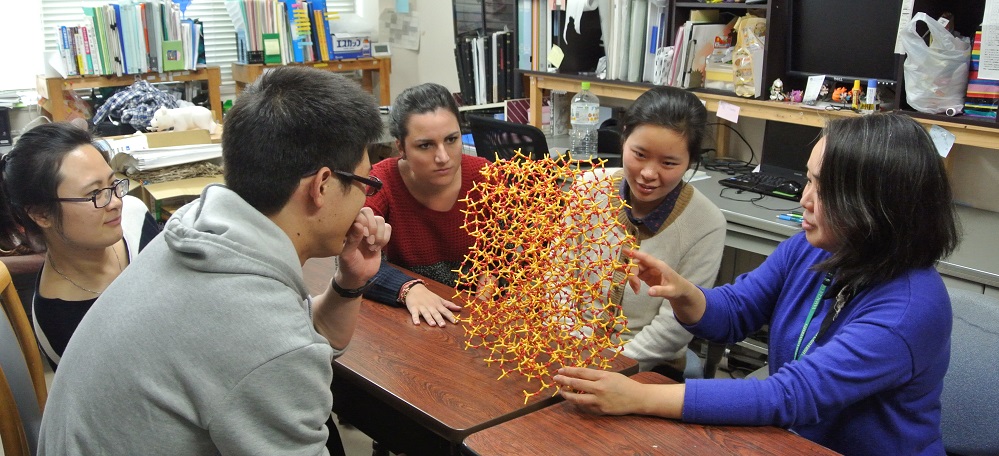Exploring the Possibility of Membrane Separation Yamaguchi – Environmental Science and Engineering, Graduate School of Science and Engineering Associate Professor Izumi Kumakiri
Associate Prof. Kumakiri is working on the research field of the separation technology by using zeolite and carbon membranes. She aims at the developments of the unique and innovative technology by the combination use of the chemical reaction and the film separation methodology for hydrogen which is eco-friendly energy.
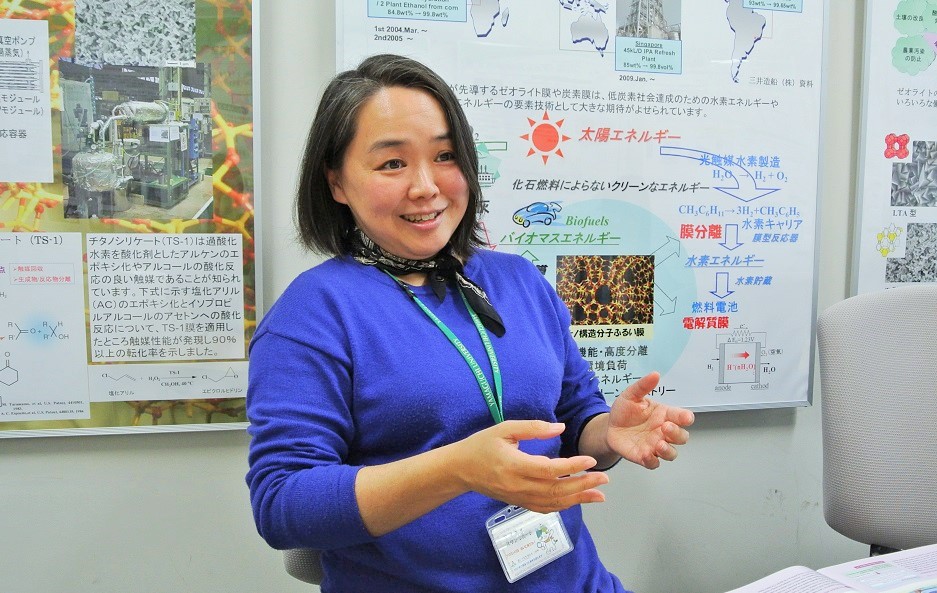
Environmental Science and Engineering,
Graduate School of Science and EngineeringAssociate Professor
Izumi KUMAKIRI
| 2014: | Associate Professor at Graduate School of Science and Engineering, Yamaguchi University |
| 2011: | Assistant Professor at Graduate School of Science and Engineering, Yamaguchi University |
| 2006 | Visiting scientist at Arizona State University, USA |
| 2004: | Full-time researcher at SINTEF, Oslo, Norway |
| 2004: | Visiting scientist at University of Cincinnati, USA |
| 2002: | Project researcher at SINTEF, Oslo, Norway |
| 2000: | Research fellow at Centre National de la Recherche Scientifique, Institut de Recherches sur la Catalyse (CNRS-IRC, IRCELYON), Villeurbanne, France |
| 2000: | Ph.D., Department of Chemical System Engineering, Graduate School of Engineering, the University of Tokyo |
| 1994: | Graduated from Faculty of Engineering, the University of Tokyo |
I studied chemical engineering at university. My main research area is membrane science and technology. Membranes can separate mixtures by e.g. a sieving mechanism. Among various types of membranes, in particular I’ve been working on nanoporous inorganic membranes, such as zeolite membranes and carbon membranes.
Zeolite membranes and carbon membranes contributing to the green technology
Our group (Prof. Kita, Prof. Tanaka, and I) has been involved in national research and development projects targeting to develop a hydrogen carrier system and an artificial photosyn-thesis system by applying hydrogen-selective membranes. Although hydrogen has attracted attention as an environmen-tally friendly energy source, stable supply of large amount of hydrogen is one of the major challenges. Electrolysis of water using renewable energy is one way of producing hydrogen. Some companies are considering using cheap renewable energy in abroad, e.g. solar power generation in Australia and wind power generation in Chile, to produce hydrogen, and transport-ing hydrogen in the form of methylcyclohexane̶a liquid chemical substance at room temperature̶by tankers or other vessels. At the end-users, e.g. at hydrogen stations, methylcy-clohexane is decomposed to hydrogen and toluene by dehydro-genation reaction, followed by a separation process to take out hydrogen. Membrane separation is a promising innovative technology due to its simple operation, small footprint of the unit and low energy-requirement. We are working on the devel-opment of new types of membranes for hydrogen separation. In artificial photosynthesis, photocatalysts split water into hydro-gen and oxygen gases. However, a mixture of these two kinds of gas is explosive under a certain composition range. As membranes can separate hydrogen at room temperature continuously, combination of photocatalysis and membrane separation will reduce the risk of explosion. As shown above with two examples, we believe membrane technology is one of the key processes in the realization of a hydrogen society.
Column
Agreements between Yamaguchi University and the University of Zaragoza, Universidade NOVA de Lisboa, and the University of Cantabria have been signed.
These agreements allow students to take classes at partner universities. We also organized international symposiums with these partner universities. In 2014, the second symposium was held in Ube, where Tokiwa campus is located. In 2016, we will have third symposium in Lisbon.
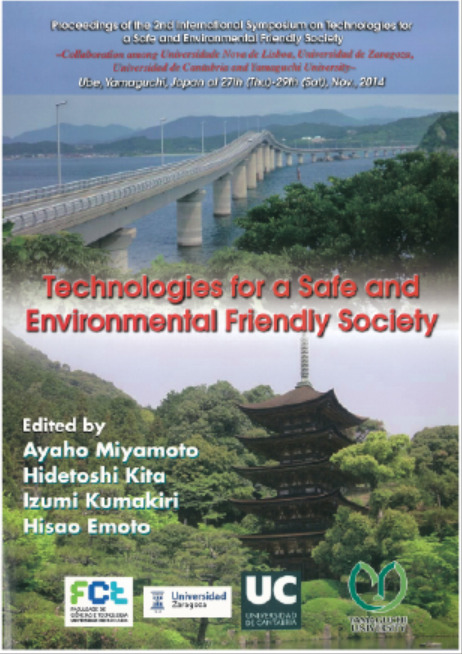
Research collaborations with the Faculty of Agriculture
Prof. Mamoru Yamada of the Faculty of Agriculture at Yama-guchi University is studying fermentation using unique medium-to-high temperature‒resistant microorganisms. Fermentation broth contains a variety of substances, therefore separation process is required to take out the substance required. For example, bioethanol is regarded as a green fuel and replacing gasoline in some countries. Generally the ethanol concentration in the fermented broth is about 5-10%. The ethanol concentration should be over 99.5% to use bio-ethanol as a fuel additive. Conventional distillation process has a high energy demand, especially to overcome the azeotrope. On the contrary membrane separation process has no limitation of azeotrope and can drastically reduce the energy required for separation. Collaboration with the Faculty of Agriculture is expected to bring ideas of new technologies, such as simultane-ous fermentation and separation for higher efficient reactors.
Increasing chemical reaction efficiency by using membrane separation technology
Membrane reactors are new concepts where membranes and chemical reactions are combined. This innovative concept is expected to reduce the size of a reactor, improve conversion, and lower the temperature/pressure of the reaction. Therefore, research on membrane reactors has been accelerating. The advantage of this concept is demonstrated with thermodynami-cally dominated reactions. As membranes can take out one (or more) of the products from the reaction field, higher conver-sion than the equilibrium limited value can be achieved.For example, combining a zeolite membrane to an esterification reaction improves the conversion, as the membrane removes produced water simultaneously from the reaction field that sifts the equilibrium. Water gas shift reaction is another thermodynamically limited reaction. In this case, removing either hydrogen or carbon dioxide shifts the reaction. However, high temperature over ca. 500 ºC is required. We are working on inorganic sorbents and membranes to separate carbon dioxide at high temperature.
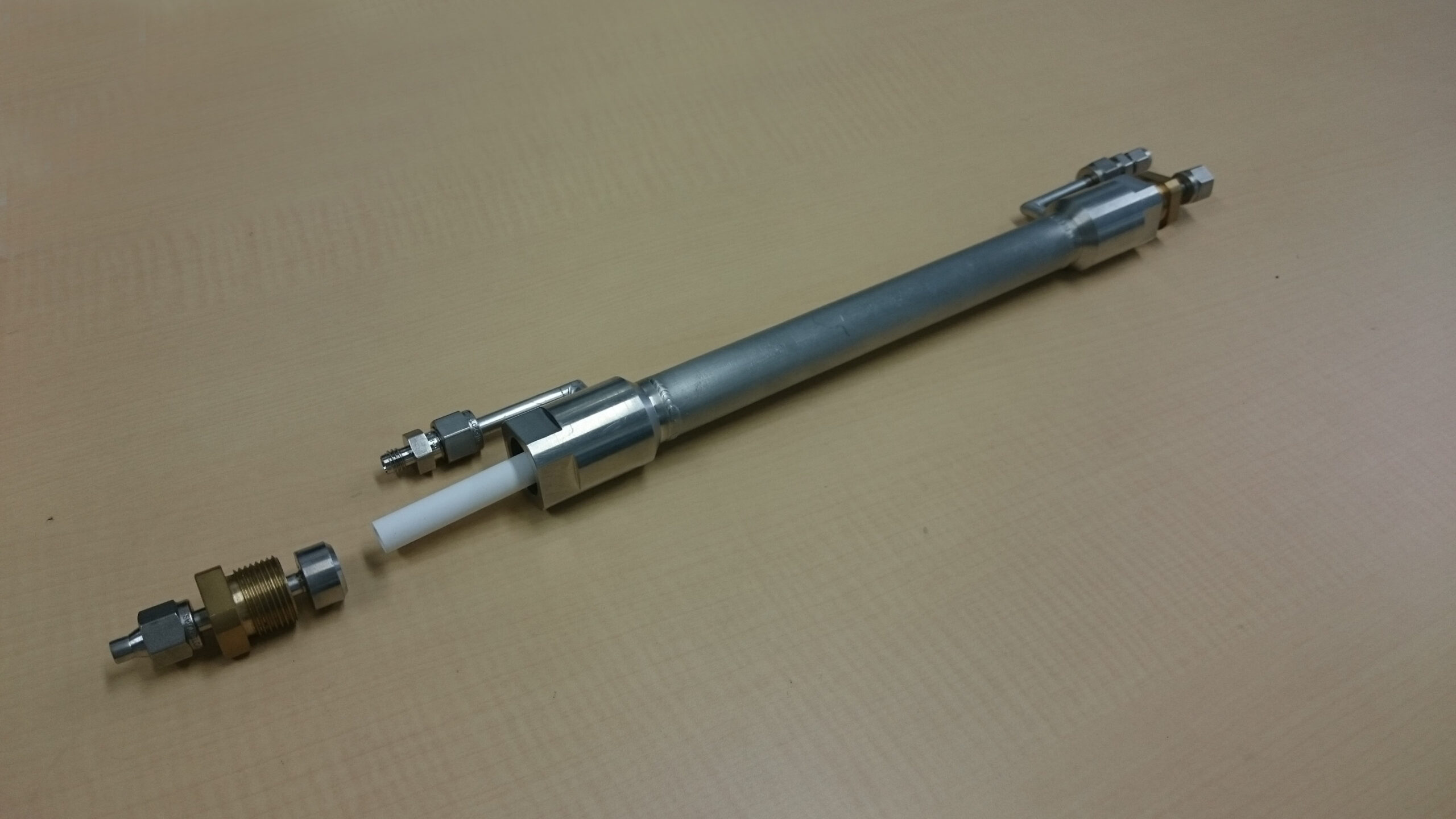
A tubular inorganic nanoporous membrane and a membrane module
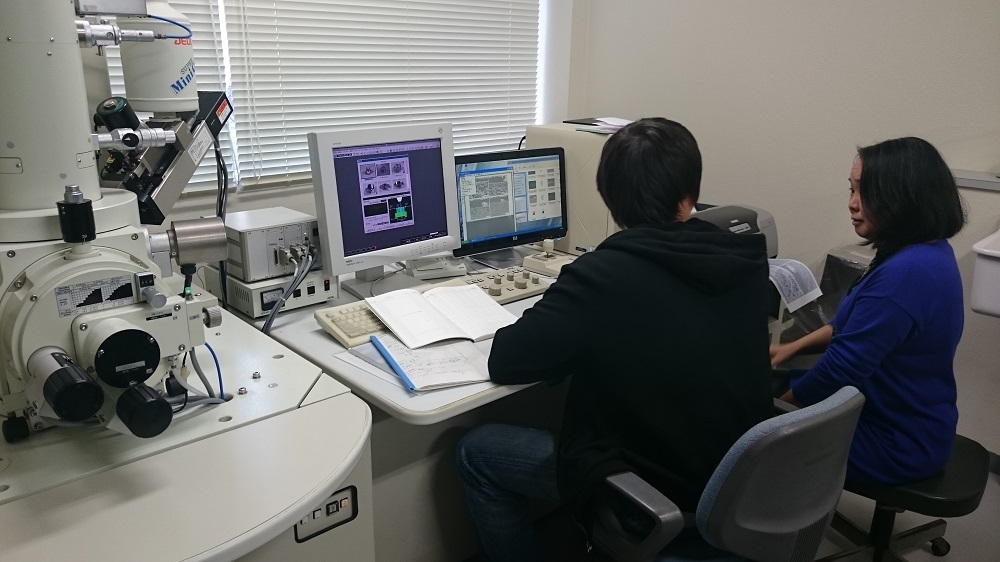
Observation of membrane structure through a scanning electron microscope
(FE-SEM, JEOL JSM 6335F)
Column
ERASMUS+
ERASMUS+ is an EU programme to support education, training, youth and sport (https://ec.europa.eu/pro-grammes/erasmus-plus/) . Yamaguchi University is a member of an ERASMUS+ programme coordinated by Universidade NOVA de Lisboa, Portugal. Through this program, mobilities of students, professors and admin-istration staff are planned between Yamaguchi University and Universidade NOVA de Lisboa.
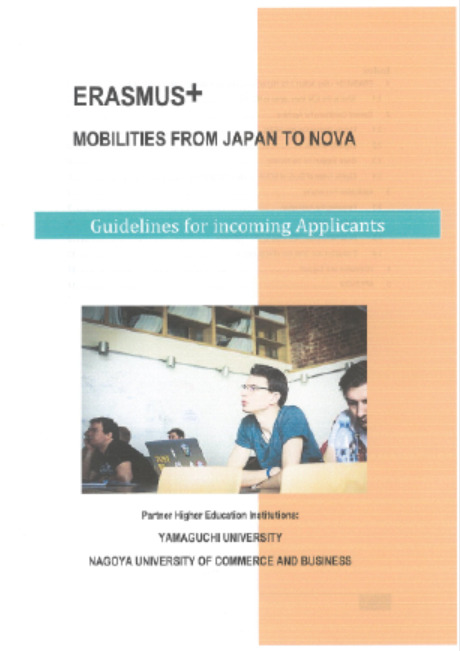
Thoughts as a faculty member
When I was a high school student, I attended a lecture given by a professor of Chemical Engineering Department. I learnt that both an evaluation of environmental pollution and a size estimation of supermarket parking lot can be treated with a same approach. I got interested in studying chemical engineer-ing. My research in membrane science started with polymeric membranes for seawater desalination. From Master course, I started working on zeolite membranes, which was a very new membrane material at that time. I met Professor Kita of Yama-guchi University at several conferences. This encounter with him led me to my current employment. In my Doctoral course, I continued to study zeolite membranes.
I had a dream of working and living abroad. That is one of the reasons why I went to the Doctoral course. I spent a few months in France during my Master course as a trainee. After receiving my PhD, I worked on an European project in France for 2 years. I then obtained a permanent position in Norway where I did several project managements and participated in EU, international, national and industrial projects. At Norway, I worked not only on membrane separation technologies but also on nanomaterials and coating technologies. The institution I belonged to is a non-profitable organization which is operated mostly by external funds. Accordingly, my work included applying projects, managing financial, intellectual properties, human resource and other issues, controlling the safety of laboratories, besides performing research. I spent 9 years coordinating projects and conducting research. During this period, we offered summer internship programs and received university students from various countries (not only from Europe, but also from Pakistan, Iran, China and other Asian countries). Surprisingly, there were very few applications from Japan. It made me think the importance of encouraging Japanese students going abroad.For us, Japanese, visiting abroad is physically going overseas. In contrast, in Europe, people easily visit other countries by train, just as visiting neighboring towns. We often hear Japanese cannot speak English, which, I think, is not true. Even if we cannot speak English perfectly, we can communicate to some extent, like we say “where there’s a will, there’s a way”. I would like to support students experiencing new environment, differ-ent ways of thinking and living. English is a tool opening many opportunities in front of us. We have applied for ERASMUS+ programs and exchanged agreements with overseas universi-ties to support the mobility. So far we have sent 10 students from our laboratories to universities in EU using my network. There are also some international students in our laboratory. I hope these pioneer students will share their experience with others and motivate them trying something new.
